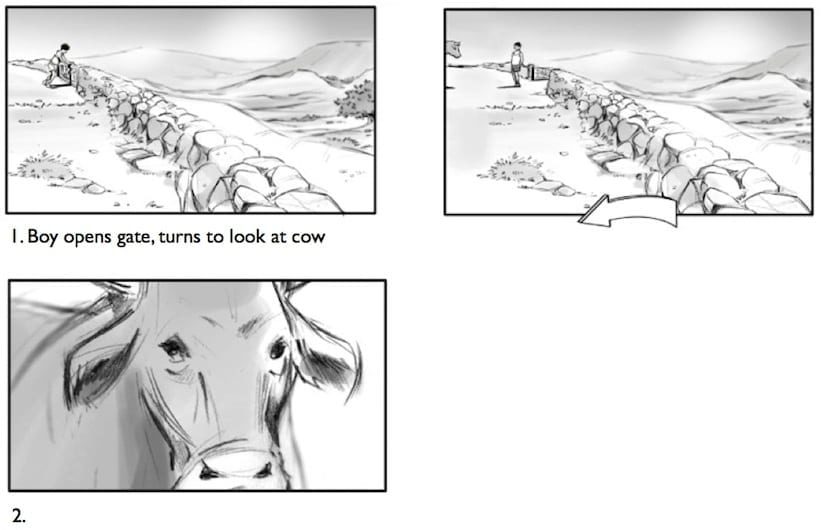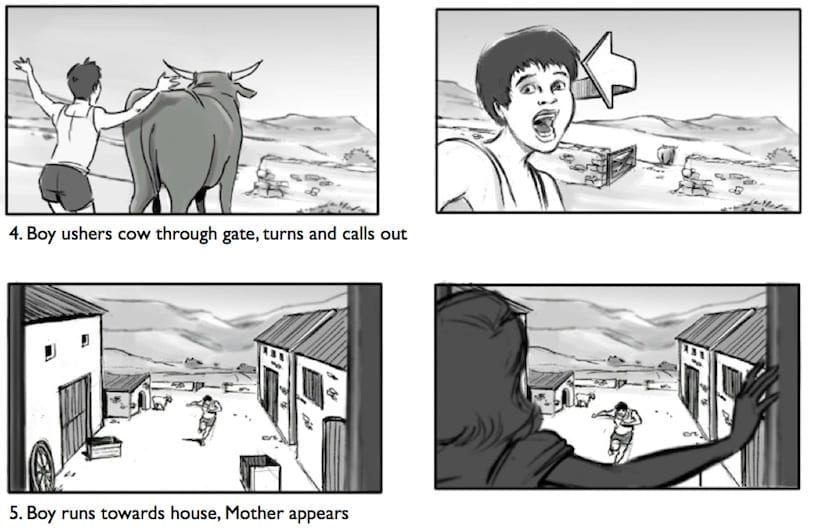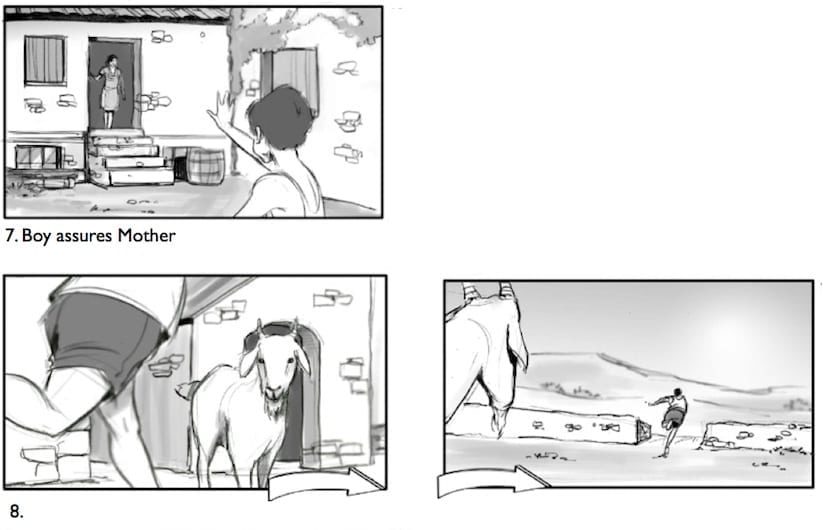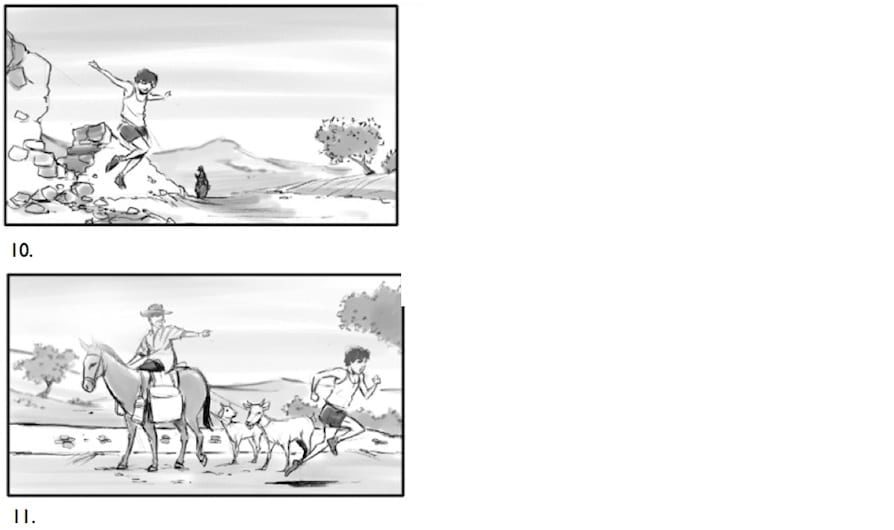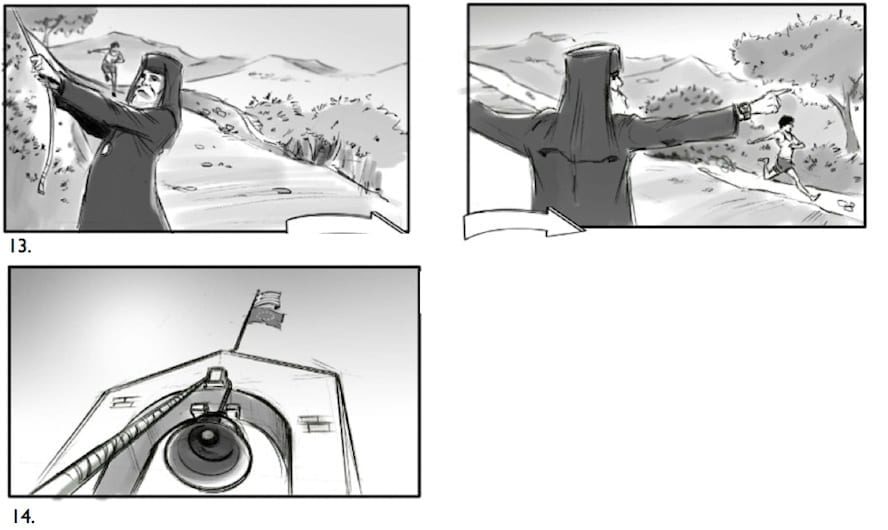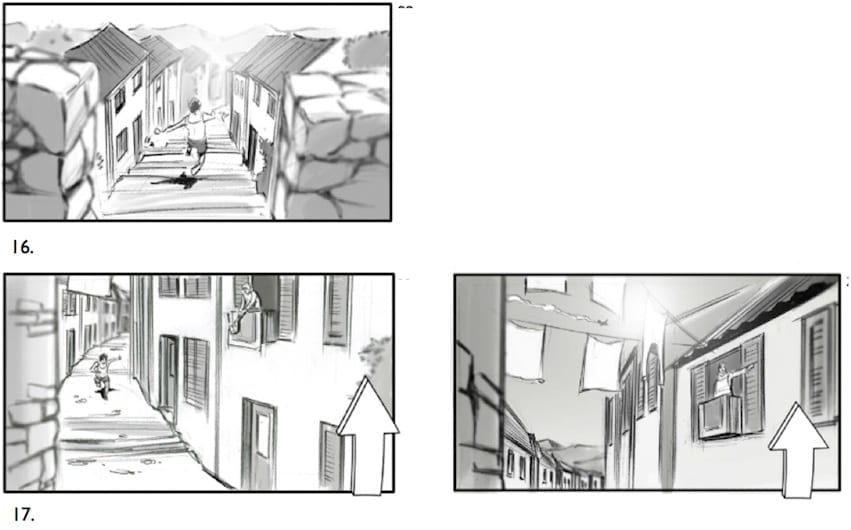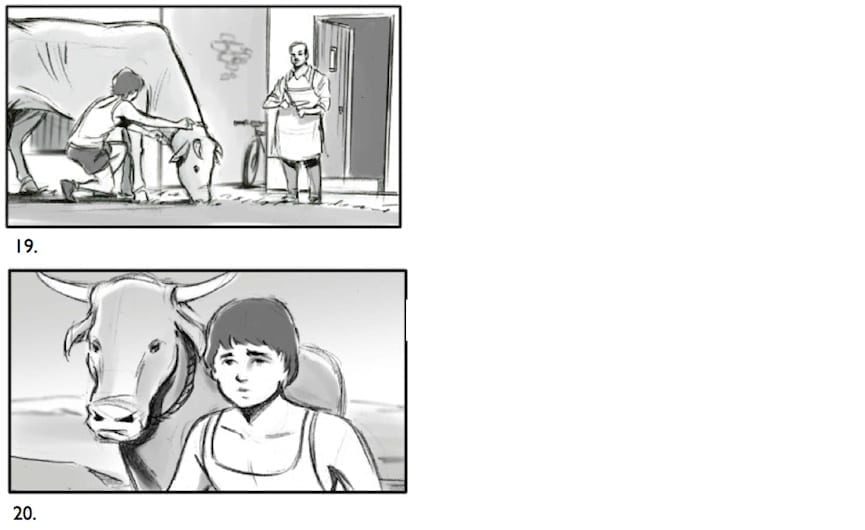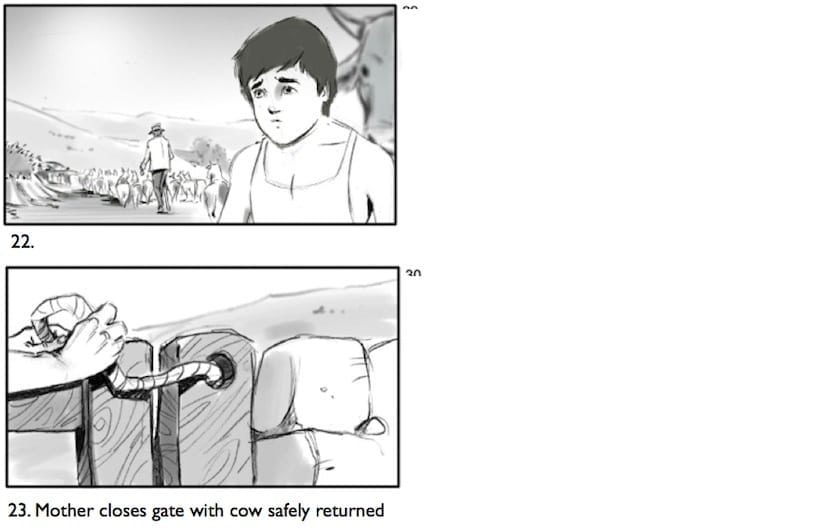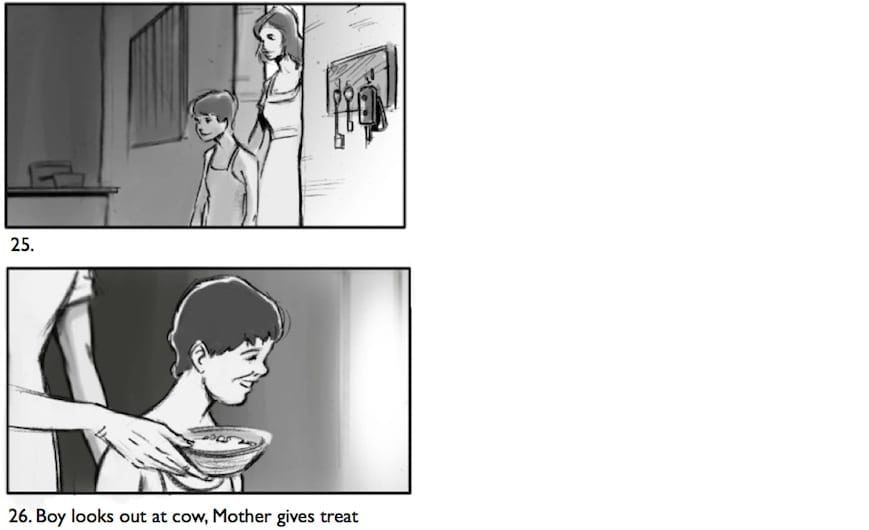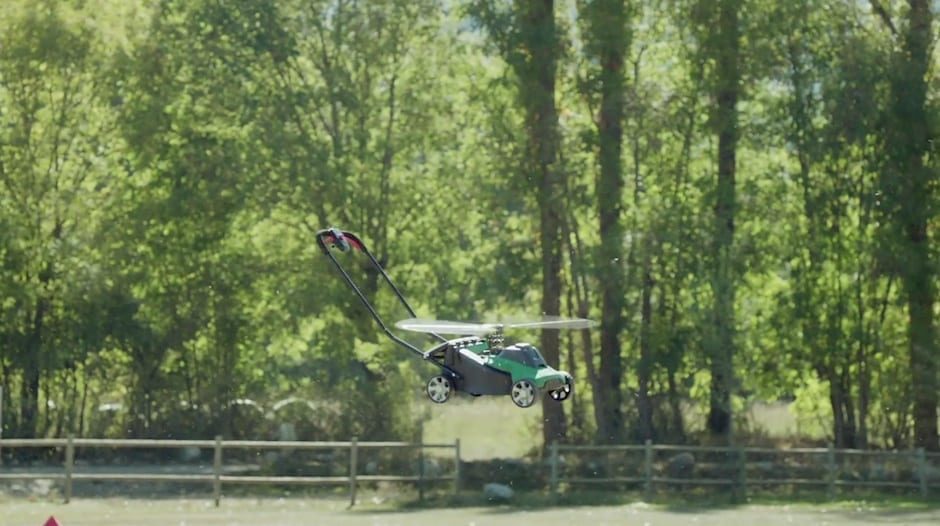What attracted you to this project?
The Total Greek Yoghurt film was always going to be a cinematic project with beautiful scenery, rich characters and a strong narrative. So it instantly appealed to my sensibilities.
However, what made it stand out was the fact that we were being asked to recreate the past. Not in the sense of a straight-forward period piece, where styling and art direction do most of the work, but in terms of film craft with the challenge being to use contemporary filming methods to create an authentic early 20th Century look.
Tell us about the filming technique you decided to use. Was it integral to the story?
The intention from the start was to mirror the filming techniques used at that time. This wasn’t just a case of shooting on film, although I think that was absolutely integral to the success of the project. It was also a case of not moving the camera, using only middle range lenses, filming from a tripod with the camera around head height, under cranking slightly, and shooting everything where possible front lit by the sun.
These weren’t random stylistic decisions, they were an attempt at copying the early filmmakers, who had to shoot in this way, because they didn’t have access to modern day lights, tracking vehicles, crane arms, fast lenses or super sensitive film.
So all these techniques were harnessed to subtly turn the filmmaking clock backwards. Of course, we couldn’t avoid using modern film stock, but through a process of under-exposing the negative and then making a series of additional negatives and prints from the original, we were able to degrade and soften the crisp, clear images we shot until they better resembled film footage from a hundred years ago.
Very few commercials utilize the traditional film process nowadays. Was this your input? Did you come across any major challenges by going down the analogue route?
Everyone’s instinct was to shoot on film. Digital imaging is a powerful tool for sure, but we were never going to be able to recreate the look of vintage celluloid without starting the project by shooting on film ourselves. It was a joy.
It hasn’t been absent from mainstream commercials production for very long, but it is scary how quickly an entire industry involved with film has all but disappeared.
There is only one processing lab left in the UK and it’s not anywhere near Soho. We did manage to track down the last remaining British neg-cutter, only to find he was abroad. But we did work with an immensely talented and experienced crew, who were absolutely delighted to be working on film again. Even the producers seemed to enjoy having to worry about how many rolls we had shot. There’s obviously something very comforting in the familiar, even if it’s costing hundreds of pounds a minute.
The story required the locations and characters to appear ‘unchanged’ from the 1920s and it does look very authentic – was this difficult to recreate?
We were filming in a remote part of rural Greece, on the southern tip of the Peloponnese. The area was chosen because much of the countryside has remained unchanged for decades. This includes the towns and villages, as well as the people themselves and their way of life.
Of course, the modern world filters in everywhere and here was no exception. In general, however, it was a simple task of finding great locations, removing a few cars and a little signage and suddenly we were standing in the 1920s.
The characters seemed even easier to find. They were everywhere. We spent a number of weeks recceing locations and with each new place came more people we could instantly cast. Priests, widows, old men riding donkeys or sat outside cafés and women beating carpets over balconies.
The client wanted authenticity, so it was a just a question of getting the locals involved doing what they do everyday. Even the boy was a local lad from Areopolis, who had never seen a film camera, let alone been on a commercials set for three days solid. He did a brilliant job, but having run up and down so many hills, he probably never wants to see a cow or a film crew again.
How do you decide what projects to take on? What attracts you to a script?
The film was such a pleasure to make. Not only was it a great opportunity to visit an area of Greece I had never seen, but it was also a chance to create something completely unique and to immerse myself in an aspect of film craft rarely used these days.
For me, it’s always good to be able to tell great stories, but for projects such as these, you have to be patient. They don’t come along everyday and you need everyone on board when they do. Whether it’s the client, the agency or the production company, everyone has to believe in and support the process for it to work.
It’s all too easy for one party to get anxious over timings or costs and suddenly the pressure is on to complete everything in post. I’ve never been put in that situation and luckily Total wasn’t to prove to be the first time, although we did spend many, many days digitally hand painting individual frames of film and I have to thank all those involved for being so patient.
But when you know you’re going to get the support you need, it gives you the freedom to follow your instincts and that always makes for the best work. And making good work is great fun. Selfishly, I want to have more fun, so I choose projects on the bases of instinct. If I feel I can turn it into a good piece of work, then I know, with everyone behind me, everything else is going to fall into place.
LINKS

